astronomy
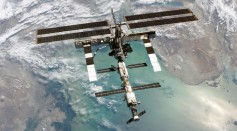
Crew Change Delayed on the International Space Station
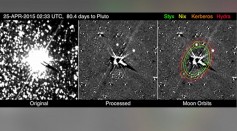
New Horizons Captures First Glimpse at Pluto’s Faintest Moons
Giant Asteroid to Pass Close to the Earth
Getting to the Core of MESSENGER's Research—Mercury Reveals A Liquid Core
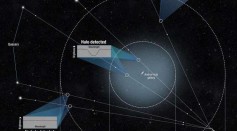
Andromeda's Halo and Its Gaseous Glow

SpaceX Abort Test a Success

NASA Wants Your Ideas for a Mars Colony
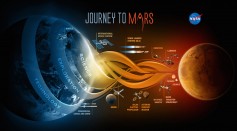
Man's Next Endeavor In Space-Keeping Mankind Alive on Mars
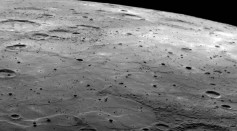
Data from NASA’s Messenger Probe Reveals New Information About Mercury’s Magnetic Field

The Red Planet Turns Blue As the Sun Sets
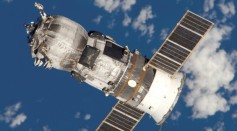
Progress Spacecraft Falling to Earth
Future of Spaceflight Could Rest in the Hands of the Private Sector

NASA Giving Away $29K To Someone Who Can Figure Out How To Protect Astronauts
SpaceX Tests Escape System on Dragon Capsule
Most Popular

How Technology Is Changing the Real Estate Industry?

Study Reveals High Turnover in Scientific Research Careers: What This Means for Future Scientists

Nikolay Karpenko Biography, Photo, Career, Accomplishments

China’s Tiangong Space Station to Expand Its Capabilities With New Modules





